The 2,300 Rangers Protecting Mother Nature in Tokyo
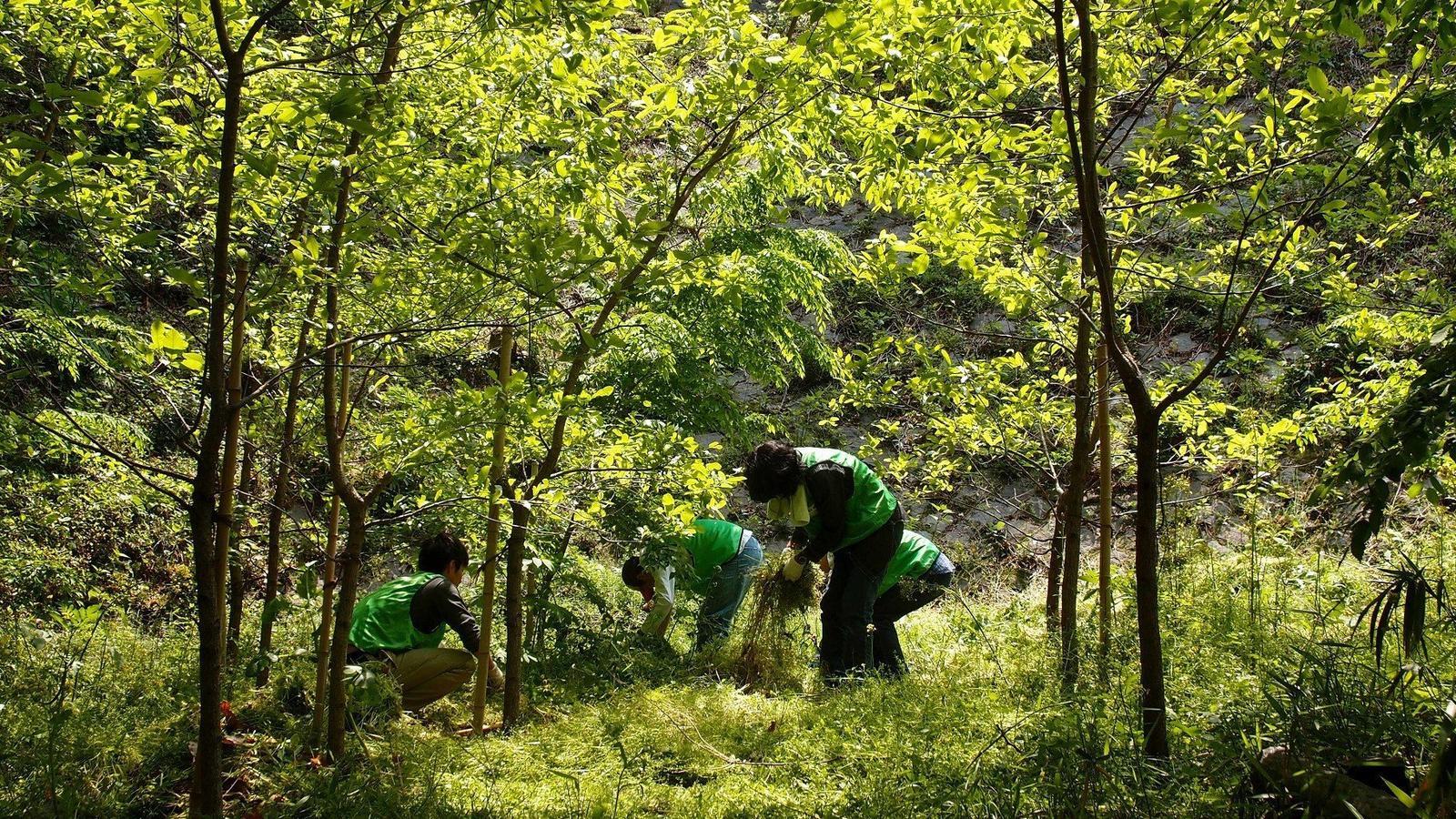
Matching Helping Hands with Conservation Groups Who Need Them
"We might have to cut down these trees since we can't maintain the forest any longer"—it was this voice of lament from the community that led to the Rangers Project's creation. The forest in question was a sizable plot of green space adjoining a large-scale housing complex in downtown Tokyo completed in 1980. Its residents had planted trees in the once bare lot, and after years of diligent management by community volunteers, the area grew into a veritable forest. But with the core group members growing old, it became difficult to continue with the upkeep. A staff member from the Association for Nature Restoration and Conservation (NAREC) heard about their plight and, concerned, offered to help. NAREC then realized that there were more nature conservation groups in urban areas that were also struggling, and decided to launch the Rangers Project in 2012 as a way to dispatch volunteers where needed.
The project's setup is simple. Via its website, it recruits both organizations carrying out conservation work in cities and people interested in volunteering for the environment and matches them. Project staff look into what these organizations do and the help they need to decide where to send volunteers. Volunteers who register are referred to as "members," while recruitment details are sent by e-mail as "dispatch requests." Members apply for the projects they would like to participate in, and then work alongside the respective conservation group.
An Uptick in Youth Yearning to Commune with Nature
In the ten years since its launch in Tokyo, the Rangers Project has expanded its reach to Yokoyama City in Kanagawa Prefecture as well as to Saitama and Osaka prefectures. As of June 1, 2022, the number of members registered stands at 2,320 in Tokyo and 4,500 nationwide. That number has been growing at a rate of about 500 members per year with a particular spike in applications recently, likely due to people's growing desire to commune with nature after being asked to stay home throughout the COVID-19 pandemic.
The project's main target? Youth. The organizers use words like "member," "dispatch request," and "mission" on their website and in their social media captions to encourage young people to participate. Their efforts have proven successful, with most volunteers being in their 20s and 30s. These include office workers looking to escape the city on weekends, university students learning about the environment, and young parents, who often bring their children too. Most found out about the project through word of mouth or by searching online.
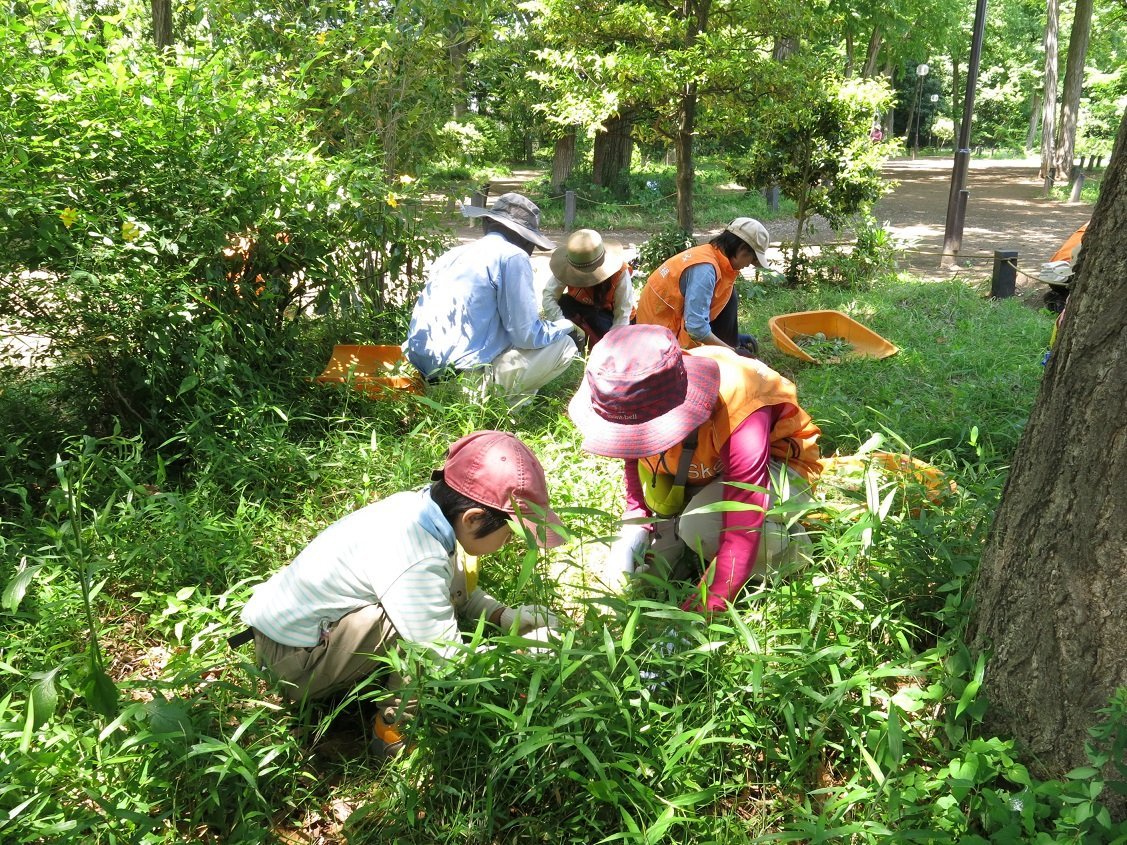
Making it Easy for Beginners to Join
Field work can range from eradicating invasive species along a river bank to clearing fallen trees on the hillside. Such activities are designed to be safe and accessible, even to those new to environmental volunteering; scheduled for blocks of three hours or less in the morning, the groups prepare the necessary tools and equipment for the volunteers in advance. Moreover, a member who is familiar with the work is appointed leader at each site. They lead a group of 10 to 15 other members to the work site and are tasked with making sure everyone works safely and promoting social interaction. Shimamura Masahide, president of the association, explains.
"I think of the Rangers Project as the first step in conservation work. My hope is that it'll serve as a starting point for those people who have even just a passing interest in nature to get involved. We'd like our volunteers to eventually move on to the next step, like joining a conservation group, and continue working to preserve the nature around them. That's what we're aiming for."
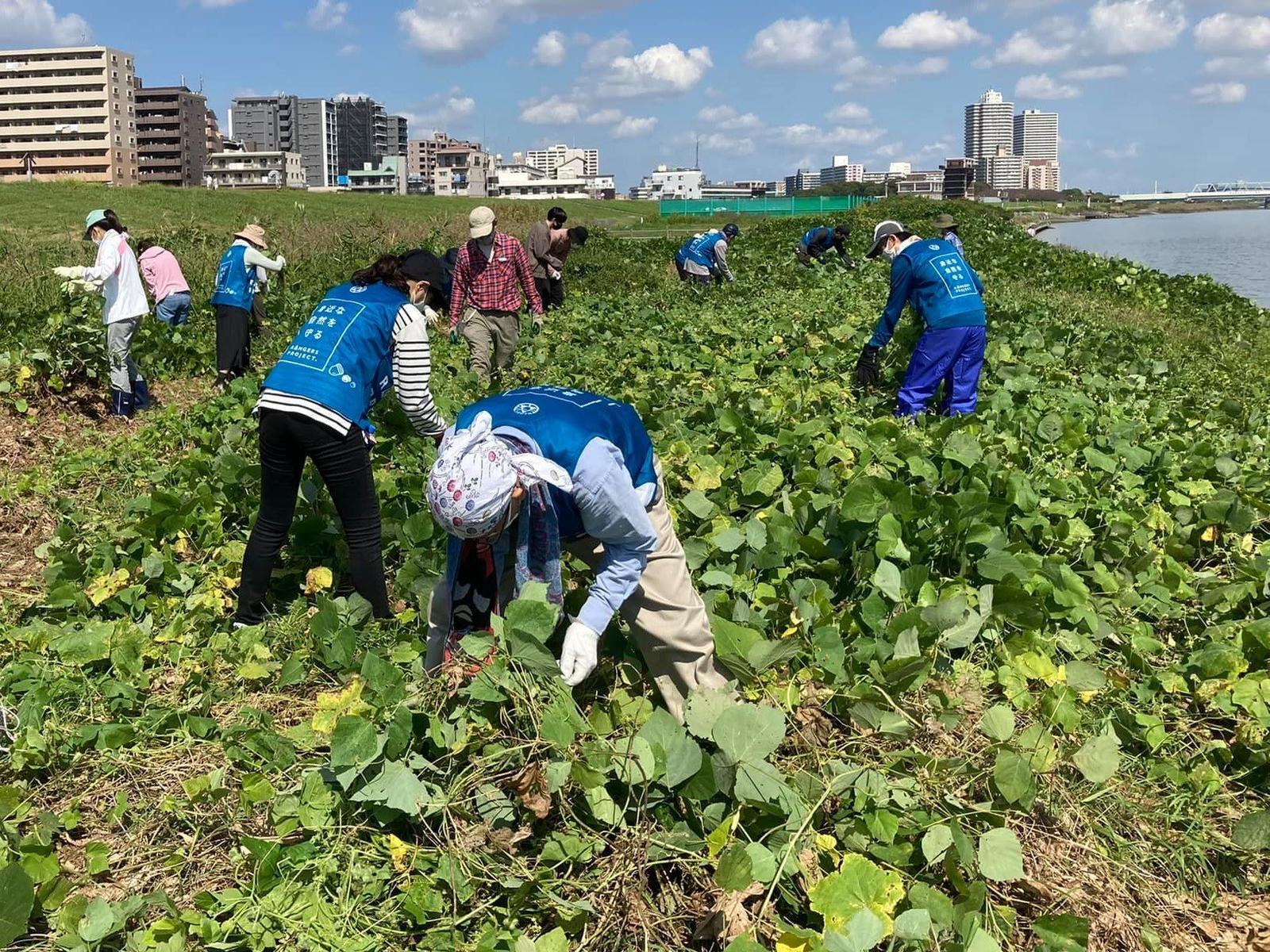
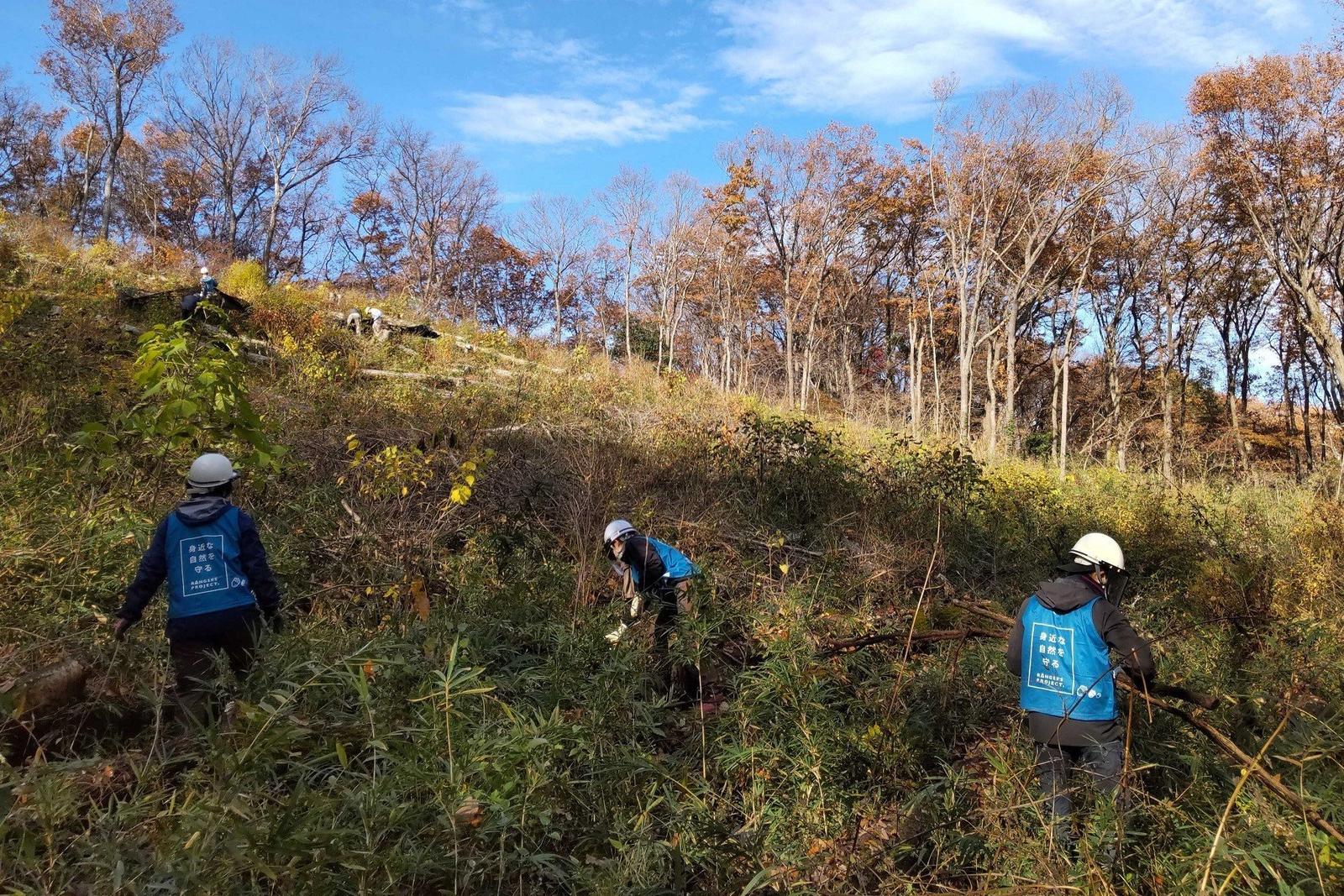
Passing on the Gift of Nature to Future Generations
The Rangers Project is steadily expanding, but there are also challenges. While the number of members is increasing, they cannot engage in more field work without fields to work in and leaders to guide them. The maximum number of members that can work at a given site is about 15 for safety management reasons, and in many cases the number of applications far exceeds this as soon as the dispatch request is sent out. With a great many conservation groups seeking help, there is a need to improve the dispatch system. Lack of funding is another major issue. In addition to pursuing grants, the project is also soliciting corporate participation and donations from corporate sponsors. President Shimamura points out the difficulties in carrying out nature conservation work in the city.
"I'm extremely glad that we've moved on from the age when development took precedence to one where protecting the environment has become a priority. But it's still hard to turn people's attention to nature and the hillsides near urban areas. We want to preserve the nature surrounding us in our communities that we've taken for granted and make sure that its existence is a given for future generations. Nature is all around us in our daily lives and has a huge impact on people's hearts and minds."
Members are working hard to carry out their mission of preserving the nature growing around us for those who will come after, a task that is of ever greater importance.
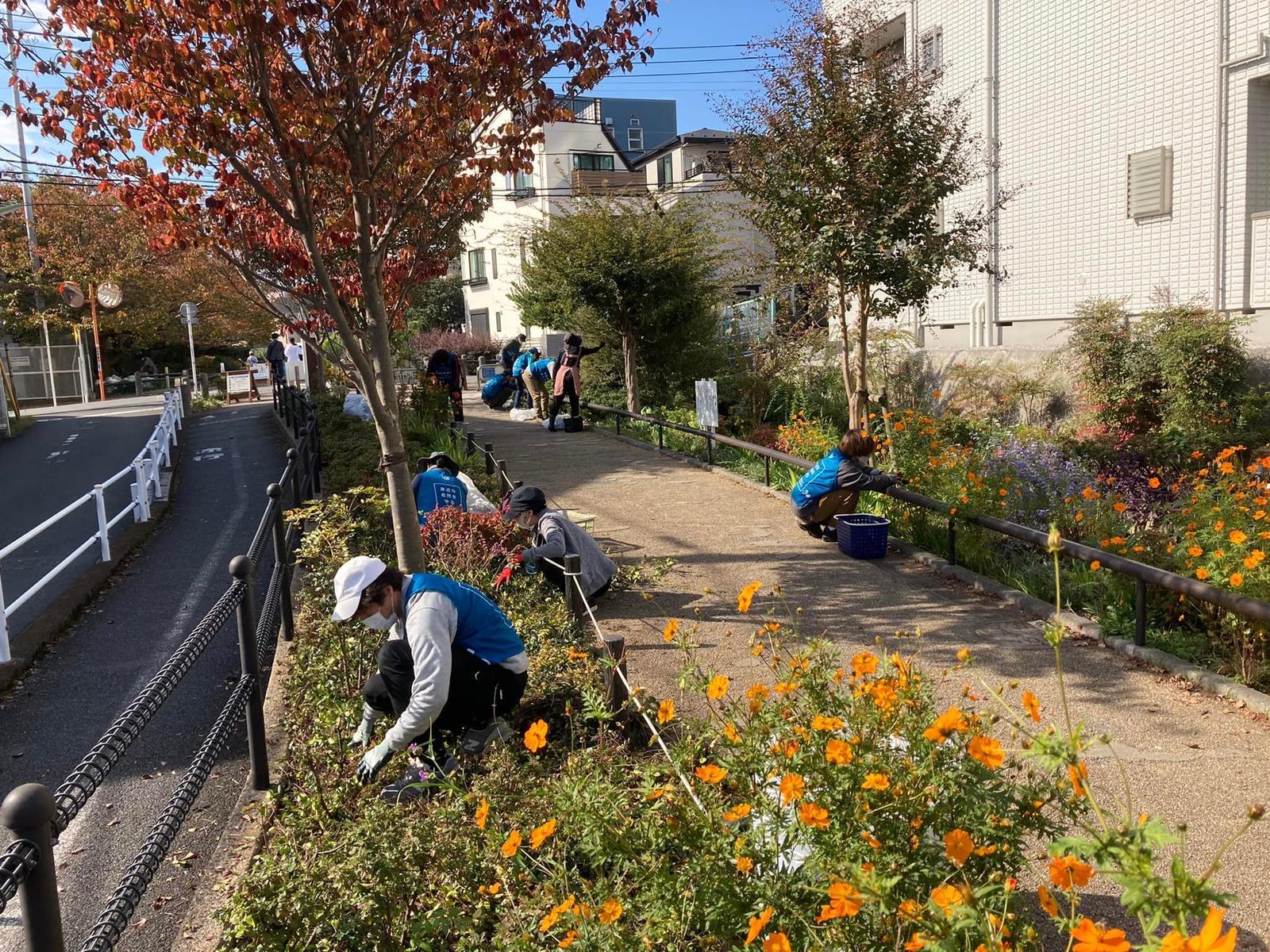
Photos courtesy of the Rangers Project
Translation by Amitt




